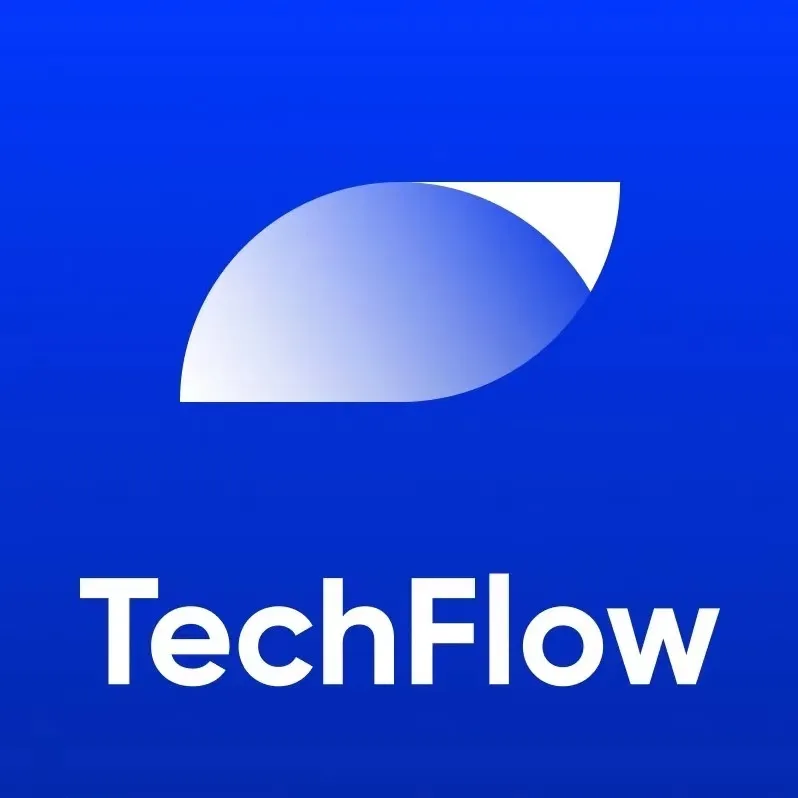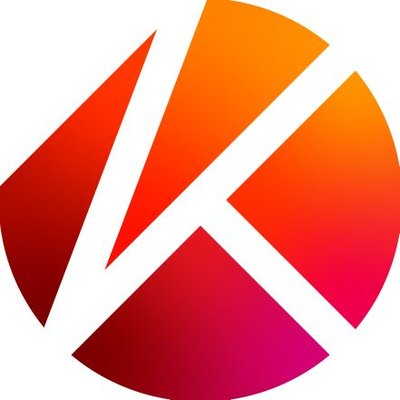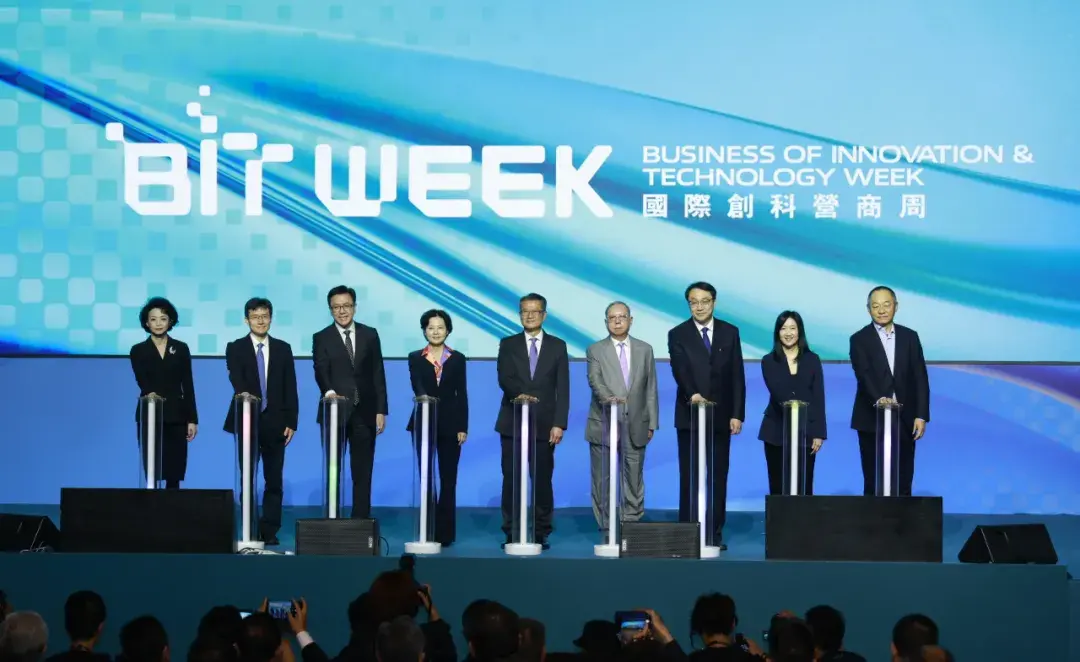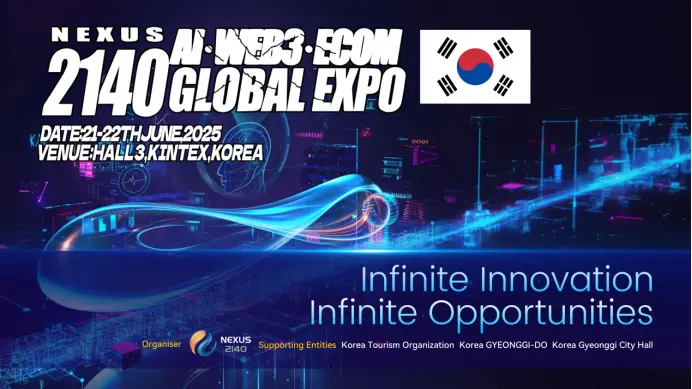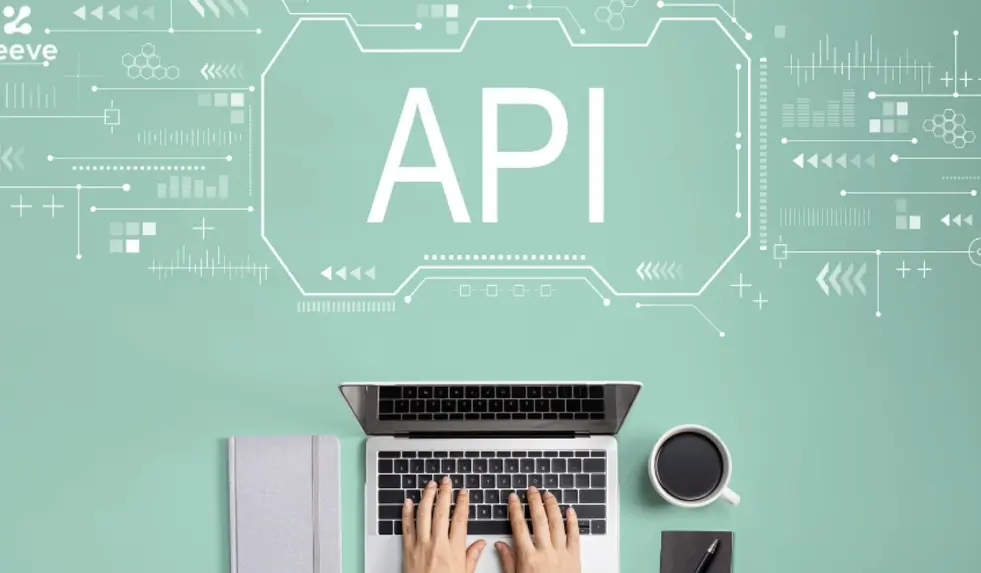Mainnet Mergers and Acquisitions Wave: New Trend of Web3 Projects Banding Together
Original Title: “Merger and Acquisition in the Blockchain Industry”
Authors: Jay Jo & Yoon Lee
Compiled by: Deep Tide TechFlow
Abstract
The Web3 industry is evolving rapidly, with mainnet projects emerging continuously, but many also disappear quickly. Recently, mergers between mainnets are becoming a new trend.
Mainnet mergers offer benefits such as enhanced competitiveness, talent retention, and value expansion. However, due to the vastness of the mainnet ecosystem and potential delisting issues on exchanges, caution is required.
In the fast-paced Web3 market, mergers and acquisitions may become a key strategy, but they should not be used solely for price manipulation or risk avoidance.
1. Introduction
In the Web3 industry, mergers and acquisitions (M&A) between mainnets have recently emerged as a new trend. Each mainnet seeks to create synergies by merging with other mainnets that have different assets and experiences or by acquiring validated mainnets with technical capabilities to rapidly enhance competitiveness.

The Web3 industry is characterized by rapid development, with market trends appearing and disappearing quickly, and the pace of change is unprecedented. New mainnet projects emerge daily, while those that cannot adapt quickly may become marginalized and outdated. Data from Coingecko shows that an average of 5,300 new token projects are launched each day, highlighting the fast pace of the market, with projects continuously emerging and disappearing. Although token projects differ from mainnet projects, it is reasonable to speculate that trends in the token project space also influence the dynamics of the mainnet market to some extent.
As competition in the Web3 industry intensifies, mergers and acquisitions are becoming strategic means for projects to enhance competitiveness and ensure survival. The frequency and diversity of mergers and acquisitions between mainnets are expected to increase, significantly impacting the industry's development trajectory. This report analyzes recent cases of mergers and acquisitions between mainnets, exploring the objectives behind these strategies and the expected outcomes they aim to achieve.
2. Mainnet Mergers and Acquisitions: A New Trend in the Web3 Industry
Recent acquisitions and mergers between mainnets can be categorized into three major strategies:
1) Horizontal Integration. This involves one mainnet project acquiring or merging with a competing mainnet within the same market to strengthen market influence.
2) Vertical Integration. This aims to reduce costs and maximize synergies by merging with mainnets related to specific businesses or areas of the value chain.
3) Mixed Integration. This involves merging mainnets with no direct business relevance to diversify operations and rapidly enhance capabilities in unfamiliar areas.
Vertical Integration
In May 2023, Vietnam's Coin98 announced the acquisition of TomoChain.
In March 2024, SingularityNET announced plans to merge with Fetch and Ocean Protocol.
Horizontal Integration
- In January 2024, Klaytn announced plans to merge with Finschia.
Mixed Integration
- In April 2024, Carry Protocol announced plans to merge with SLG.Games.
2.1 'Kaia': The Integration Project of Klaytn and Finschia Foundations

The merger between Klaytn and Finschia Foundations represents the first case of mainnet merger. In January of this year, the two projects announced the launch of an integrated mainnet, which has now been renamed 'Kaia'. Their goal is to create the largest blockchain in Asia by combining their respective ecosystems and assets, aiming to lead the global Web3 market.
This merger is seen as a way to expand their dominant influence in the Web3 market (especially in Asia) by merging competing mainnets. Its significance lies in the comprehensive integration of human, material, and technological resources. Kaia is expected to be jointly operated by personnel from Klaytn and Finschia Foundations while integrating their respective assets. Notable examples include Klaytn's exclusive on-chain assets and real-world assets (RWA), as well as Finschia's games and other content assets based on LINE FRIENDS IP.
Leveraging the expertise of EVM-based Klaytn and Cosmos-based Finschia, the team plans to develop an integrated mainnet that supports EVM and CosmWasm compatibility. This initiative is expected to create a vast ecosystem within the Web3 industry, leading to the emergence of a highly advanced mainnet.
Through this comprehensive integration, Klaytn and Finschia will collaborate closely to maximize each other's strengths and address their respective weaknesses. They will also utilize the assets of partners Kakao and LINE to further solidify their dominant position in the Asian market. In the rapidly evolving Web3 industry, where institutional investment is increasing, this merger is seen as a timely strategic move. There are high expectations for the changes and innovations this merger will bring to the global Web3 ecosystem, extending beyond Asia.
2.2 Major Project 'ASI' of the Web3 AI Alliance
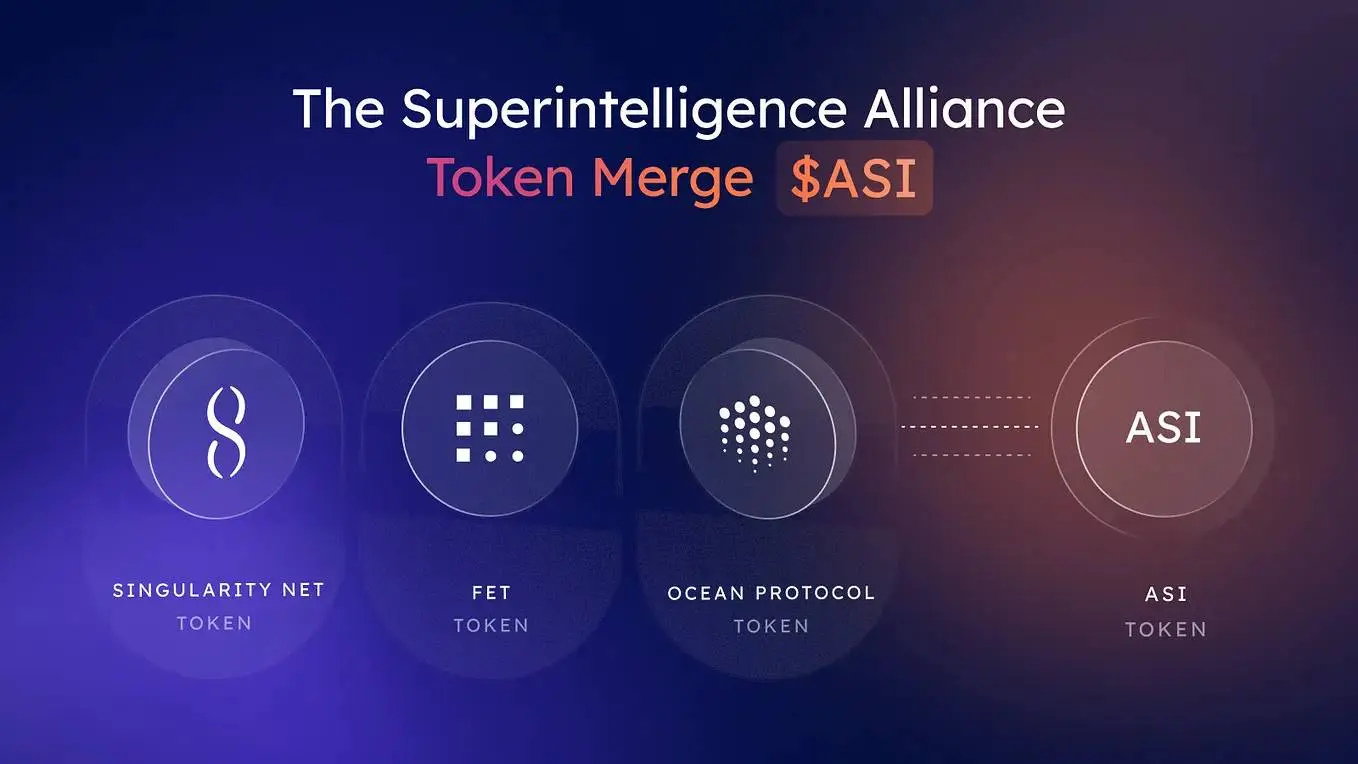
In March, the AI-focused Web3 projects SingularityNET, Fetch, and Ocean Protocol announced their merger plans. Following approval in April's governance vote, they are set to launch a new token project called 'ASI (Super AI)'. This merger differs slightly from the integration of Klaytn and Finschia, as they are creating a new project to expand their plans while retaining the independence of each foundation.
The projects involved in the ASI initiative are not direct competitors but are complementary projects connected to the AI industry's value chain through vertical integration. They plan to merge existing tokens into the ASI token and use a Cosmos-based chain (a hard fork of Fetch's mainnet) to vertically integrate the technology stacks held by each project. The primary goal is to create synergies and accelerate the development of decentralized AI technology.
Meanwhile, the leadership, teams, communities, and financial resources of the participating foundations in the ASI project are expected to remain unchanged. This approach is more akin to a strategic partnership rather than a complete merger, indicating an intention to create synergies through collaboration while preserving the identity and unique characteristics of each project.
The ASI project aims to advance Web3-based AI technology through vertical integration in the AI industry. By setting goals that are difficult for individual projects to achieve, they intend to drive innovation by leveraging the combined strengths of each participating entity. As the integration of Web3 and AI is recognized as a key driving force for future technological advancement, the development of the ASI project is expected to become an important milestone in establishing a decentralized AI ecosystem.
2.3 Integration of Advertising and Gaming Industries: Horizontal Expansion of the 'GAME Build' Project

In April, the blockchain-based reward advertising platform Carry Protocol and the Web3 gaming platform SLG.Games announced their merger plans. Following a governance vote, they announced the launch of a new token project called 'Game Build'. By integrating their expertise in blockchain technology, advertising, and game development, their goal is to create synergies and drive innovation within the Web3 gaming ecosystem.
The merger of these two projects is an example of horizontal integration aimed at leveraging each other's strengths to complement relatively lacking capabilities. Carry Protocol plans to collaborate by utilizing its expertise in blockchain technology and advertising, while SLG.Games will contribute its accumulated expertise in game development and blockchain integration. The goal is to introduce a blockchain-based advertising platform and development tools specifically designed for the gaming industry. Additionally, the Game Build project envisions providing advertising solutions optimized for Web3 games and a developer-friendly one-stop infrastructure.
The success of the Game Build project depends on how effectively Carry Protocol and SLG.Games can merge their respective expertise to create synergies. It is crucial to observe the changes and innovations their collaboration brings to the gaming industry.
2.4 Acquiring Mainnet Technology through Coin98's Acquisition of TomoChain

In May last year, Vietnam's Web3 platform Coin98 acquired the local mainnet TomoChain. This is seen as a strategy for Coin98, which lacks mainnet development experience, to secure technological competitiveness and maximize synergies in a short time by acquiring TomoChain, which has mature technical capabilities.
After acquiring TomoChain, Coin98 rebranded it as Viction, making it a core component of its ecosystem. Coin98 plans to leverage Viction's technology and resources to foster a developer-friendly environment and create synergies by integrating it with various services, such as its Web3 wallet. This integration is expected to become a unique advantage for Coin98 in the competitive Web3 industry. However, the changes so far have mainly been superficial, including a change in the native token's branding, and the actual impact remains to be seen.
The industry's focus is on the potential changes and impacts that the collaboration between Coin98 and TomoChain will bring to the Web3 industry. If this acquisition can successfully integrate and leverage the strengths of both companies, it is expected to establish a new model for protecting mainnet technology and expanding ecosystems.
3. What Are the Objectives of Merging Mainnets?
Case studies to date indicate that mergers and acquisitions between mainnets are becoming a significant trend in the Web3 industry. These movements are driven by various objectives, which can be analyzed into three main factors:
Strengthening business and technological competitiveness
Acquiring specialized talent
External expansion of project value
First, strengthening business and technological competitiveness. Through mergers and acquisitions, mainnets can expand geographically or enter new business areas. The 'Kaia' project of Klaytn and Finschia exemplifies this strategy. Klaytn and Finschia have competitive advantages in different regions and business areas, with Klaytn excelling in infrastructure-driven industries and Finschia in content-driven industries. Their merger aims to broaden their respective business domains, address weaknesses, accelerate growth and development, and rapidly increase market share.
Additionally, this can also be a strategic move for technological advancement. By acquiring a mainnet with specialized technical capabilities, a company can quickly enhance its technology. Coin98's acquisition of TomoChain is a typical example. Their goal is to acquire advanced mainnet technology through this acquisition and expand their wallet ecosystem. This approach is efficient in terms of time and cost, becoming a key strategy in the competitive Web3 industry.

Second, the goal of acquiring specialized talent. The Web3 industry is a rapidly evolving frontier technology field, and acquiring capable talent significantly impacts project growth and development. Particularly, talent directly involved in designing and developing mainnets, such as core blockchain developers, is extremely scarce. According to a Stack Overflow 2023 survey, only 0.42% of all developers are blockchain developers, indicating a severe shortage of specialized talent. Therefore, mergers and acquisitions between mainnets are also aimed at acquiring these valuable talents.
Finally, the goal of external expansion of project value. In the Web3 industry, market capitalization and total value locked (TVL) are important metrics for evaluating mainnets and are seen as measures of credibility. These metrics significantly enhance the brand recognition of mainnets and strengthen their market position. Projects with higher market capitalization or TVL attract more attention and capital inflows. Therefore, mainnets adopt merger and acquisition strategies to rapidly increase their enterprise value; by combining the liquidity and capital of each mainnet, they can quickly raise TVL and solidify their market position, making mergers and acquisitions an attractive option.

In practice, the merger of SingularityNET, Fetch, and Ocean Protocol quickly entered the top 30 in market capitalization rankings. This example shows that mergers and acquisitions can be an effective strategy for accelerating external growth of mainnets and expanding industry influence.
In this way, mergers and acquisitions between mainnets are becoming a key strategy for companies in the Web3 industry to overcome growth limitations and enhance competitiveness. These initiatives, aimed at expanding business scope, advancing technology, and acquiring specialized talent, are expected to continue and significantly impact the future development of the Web3 industry.
4. What Are the Considerations for Mainnet Merger Cases?
Merging mainnet projects involves risks similar to those encountered in the Web2 industry. Specifically, merging mainnets involves integrating large ecosystems and cultures, making the process more complex and requiring careful handling.
Challenges of integrating human and material resources
Challenges of integrating communities and ecosystems
Exchange listing issues
First, the challenges of integrating human and material resources must be approached with caution. This process reflects the common issues encountered in corporate mergers and acquisitions. A notable example is the merger between Daimler-Benz and Chrysler, known as the "merger of the century," which, despite receiving widespread market attention, ultimately failed. This merger was hindered by cultural conflicts and differing work styles. Similar issues may arise in mainnet merger cases, requiring careful management and foresight.

Second, integrating communities and ecosystems presents significant challenges. Unlike Web2 companies, mainnets encompass ecosystems and communities involving various dApps and governance participants. Therefore, internal and external integration with stakeholders is crucial. A notable example is the opposition from community and governance participants during the merger process of Klaytn and Finschia. Since mainnets operate within a decentralized structure, achieving consensus not only internally but also among a broader ecosystem of stakeholders is essential. Thus, it is crucial to ensure a smooth process when deciding to merge and recognize that improper integration may lead to issues.

For mainnets, the listing of their tokens on exchanges is crucial. However, the process of token conversion or issuing new integrated tokens during mainnet integration may not proceed smoothly on exchanges. In fact, most exchanges are very cautious about token conversions and the issuance of new tokens resulting from mergers. If delisting occurs, re-listing may take a long time, which could diminish competitiveness during the process.
In summary, the integration process following mainnet mergers and acquisitions is crucial. Unlike Web2 companies, mainnets must gain consensus from a more diverse and complex set of stakeholders and rigorously address issues such as exchange listings. Successful mainnet mergers and acquisitions require well-prepared strategies and implementation plans to effectively address these challenges.
5. Conclusion
Mergers and acquisitions between mainnets are expected to become the new standard in the Web3 industry. As the number of blockchain projects continues to grow, only a few mainnets will ultimately gain market favor. Therefore, frequent mergers and acquisitions are anticipated to fill gaps and enhance advantages.

However, this process should not be used as an event aimed at short-term gains, nor should it serve as a means to evade responsibility or risk. The case of the merger between Klaytn and Finschia illustrates that proactive communication, persuasion, and long-term preparation must occur before this process. In most current project mergers, governance votes have been poorly conducted, with low participation rates. For example, in the merger proposal between Carry Protocol and SLG.Games, only about 100 wallet addresses participated in the vote, indicating that the opinions of all token holders were not adequately reflected.
Nevertheless, as more cases accumulate and new strategies and narratives are established, these chaotic situations are expected to improve. In summary, mainnet mergers and acquisitions are key strategies for overcoming growth limitations and accelerating development, which are vital for the dynamic Web3 industry. Whether recent merger cases can become successful precedents remains to be observed.


